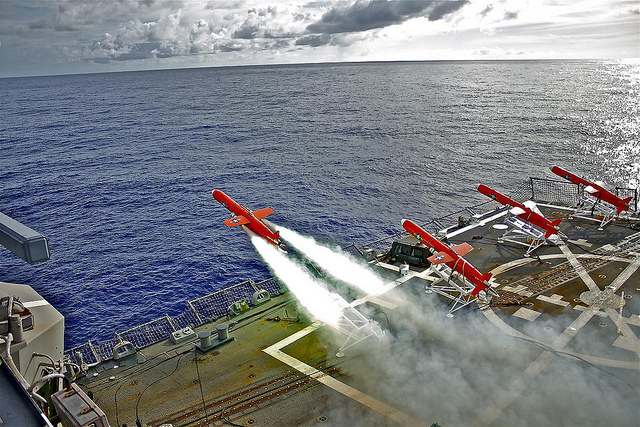There has been much talk of the future of flight, with drones one day delivering packages to your house the latest example to generate headlines.
Now I don’t know about you, but I’m OK if the drone fails to deliver a package. However, I’m not so sure I want the drone failing to deliver me to my intended destination.
I prefer to have a pilot up front who has the same interest as me in having our plane arrive safely. As fabulous as technology is, I like the comfort of a professional being in control, just in case the technology does not work as planned. A malfunction or technical problem has never happened to any of us, right? So why worry? Wink-wink, nudge-nudge.
So, call me Mr. Belt and Suspenders. I like the security. And so do most investors who own passive funds. According to our survey, they buy for security, thinking passive funds are less risky.
Unfortunately, the pilotless passive portfolio is not less risky. Sure it costs a little less because it is entirely dependent on technology. But, contrary to popular opinion, a passive investment attempts to have the same risk as the index it is tracking. It can be just as vulnerable to risk as all technology can be.
For example, in the two most recent market crises, as with most bubbles, the index became overweight with the highest demanded securities, in this case, technology and financial services stocks. So passive funds tracking the S&P 500 Index also experienced the bubble. They were, on average, no safer than active funds. In fact, the average actively managed large-cap blend fund does a better job protecting clients than the passive large-cap blend fund when analyzing rolling 10-year periods.
Why? Because a pilot can make adjustments that a computer may not always be programmed to understand.
So when you get that chance to fly for a little less, make sure the flight is equally safe. Take the piloted portfolio.
Article by William Finnegan, Senior Managing Director, Global Retail Marketing, MFS

